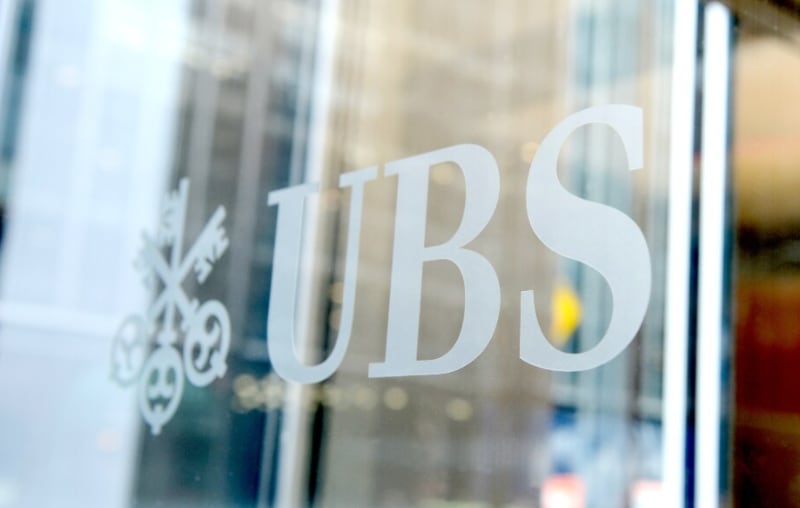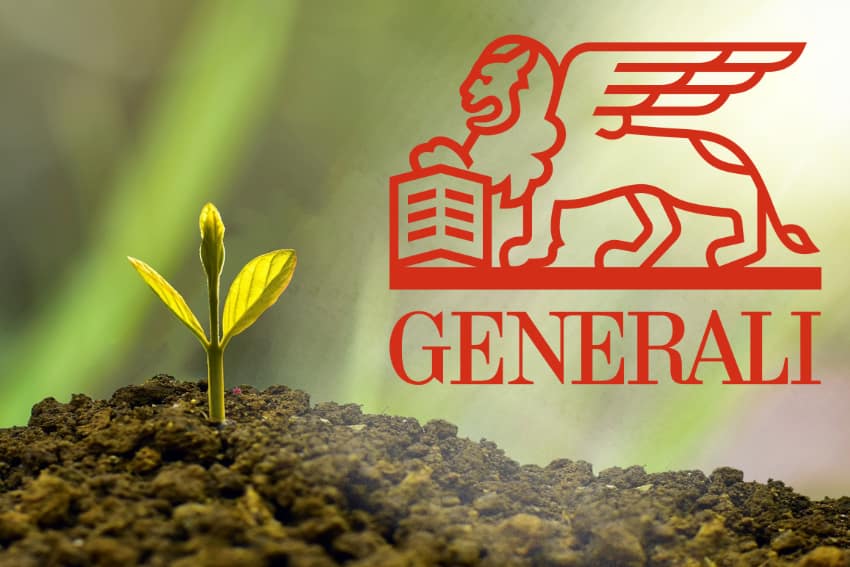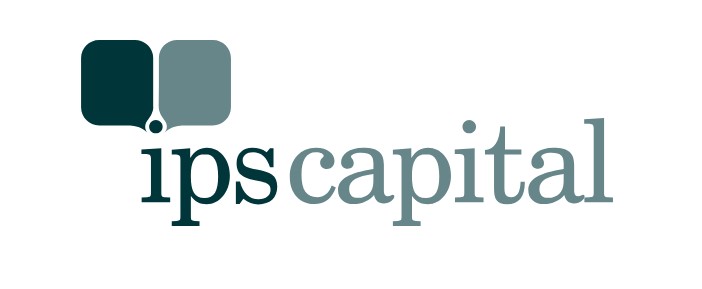This content is copyright to www.artemis.bm and should not appear anywhere else, or an infringement has occurred.
A recent report from UBS Group’s global wealth management arm has highlighted catastrophe bonds as a growing sustainable investment opportunity, emphasising their role in climate adaptation and financial protection against extreme weather events.
 While they do not directly prevent disasters, UBS sees them as a crucial tool for helping insurers manage climate risks and for providing swift financial relief to affected communities.
While they do not directly prevent disasters, UBS sees them as a crucial tool for helping insurers manage climate risks and for providing swift financial relief to affected communities.
Analysts also highlight cat bonds’ appeal to investors, citing their strong risk-adjusted returns and low correlation with traditional asset classes.
“From an issuer’s perspective, cat bonds can serve as a climate adaptation strategy, allowing insurance companies to manage their exposure to physical climate risks to which they’re exposed though primary insurance activity. This not only enhances the resilience of the insurance market but also provides social protection for those individuals and communities covered by insurance,” UBS said.
Adding: “As the world faces an increasing number of natural catastrophes, cat bonds are becoming increasingly relevant as a means of providing insurance against extreme weather events.”
Beyond their sustainability benefits, catasrophe bonds are also gaining traction among institutional investors due to their attractive financial characteristics. UBS points out that these instruments typically exhibit low correlation with other traditional asset classes, making them an effective hedge against market volatility.
UBS also highlights that investors can benefit from attractive risk-adjusted returns from cat bonds, especially within a low-interest rate environment.
Despite their benefits, UBS also highlights certain limitations that sustainability-focused investors should consider when it comes to cat bonds.
One key issue is the potential misalignment between parametric bond payout triggers and actual damage on the ground. While parametric bonds offer quick payouts based on pre-defined thresholds, such as wind speed or earthquake magnitude, these thresholds do not always align with the financial losses suffered by affected communities.
Furthermore, indemnity bonds, which base payouts on actual losses, offer a more precise alternative but often take longer to distribute funds, potentially delaying recovery efforts.
With extreme weather events becoming more frequent and costly, UBS sees cat bonds as an increasingly relevant investment that aligns financial returns with climate resilience.
The catastrophe bond and insurance-linked securities (ILS) market continues to expand at a rapid pace. Following a record year in 2024, issuance in the first quarter of 2025 managed to reach a huge $7.1 billion, which drove the size of the outstanding market to a new all-time-high of $52.2 billion.
Cat bonds offer sustainable investment potential amid rising climate risks: UBS was published by: www.Artemis.bm
Our catastrophe bond deal directory
Sign up for our free weekly email newsletter here.
 Generali
Generali  In a recent commentary, Maida outlined how IPS Capital incorporated ILS into its ESG portfolios in the fourth quarter of 2024, highlighting the asset class’s diversification benefits and alignment with environmental and social goals.
In a recent commentary, Maida outlined how IPS Capital incorporated ILS into its ESG portfolios in the fourth quarter of 2024, highlighting the asset class’s diversification benefits and alignment with environmental and social goals. The report comes from a research collaboration between Builders Vision, an investor and philanthropist team that looks to accelerate impact solutions and counts the Walton family office as a backer, Tideline, a consultancy that works to catalyse the development of the impact investing market, and BlueMark, a verification and intelligence provider to the impact and sustainable investing market.
The report comes from a research collaboration between Builders Vision, an investor and philanthropist team that looks to accelerate impact solutions and counts the Walton family office as a backer, Tideline, a consultancy that works to catalyse the development of the impact investing market, and BlueMark, a verification and intelligence provider to the impact and sustainable investing market.

